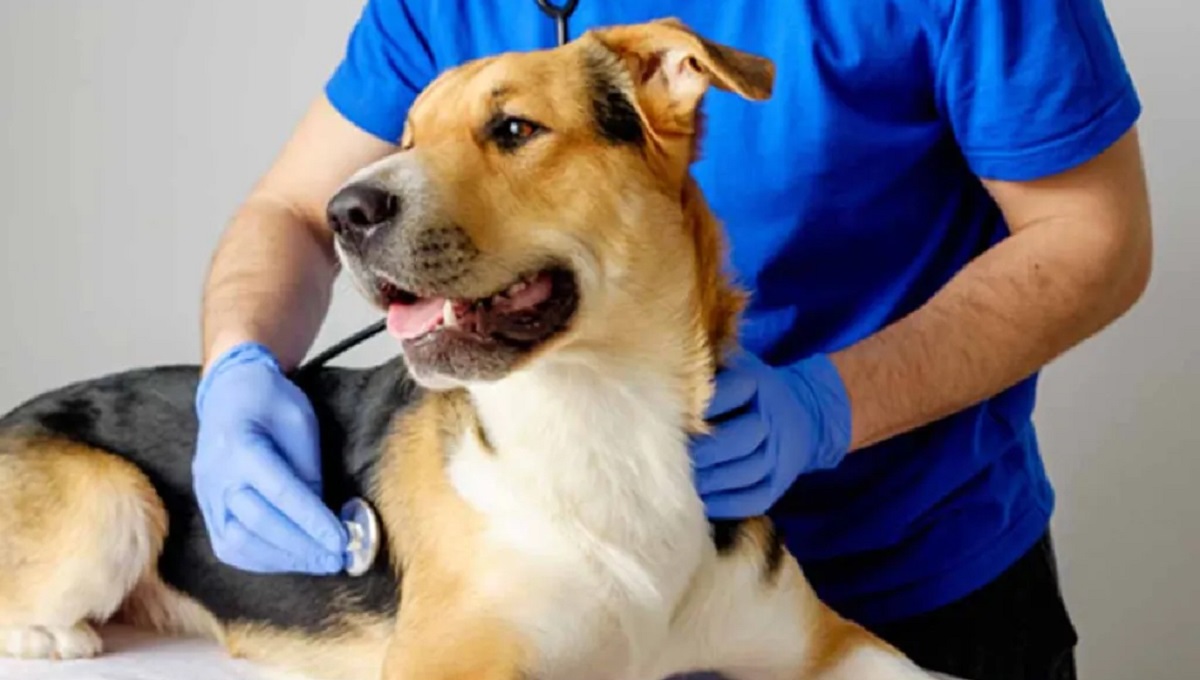Can You Put TCP on Dogs?
No, you should not put TCP (antiseptic cream) on dogs without veterinary advice. Dogs have different tolerances and reactions to human medications. TCP is a powerful antiseptic liquid known for its effectiveness in treating minor wounds in humans, but it’s not formulated for dogs.
Their skin pH differs from humans, and what’s safe for us might not be for them. Consulting with a vet before applying any human-grade antiseptic is essential to avoid potential skin irritation or toxic reactions.
It’s important to recognize that dogs tend to lick their wounds, risking ingestion of topical treatments which could lead to gastrointestinal upset or worse. Pet owners must understand that animal healthcare products are specifically designed to be safe and effective for pets, ensuring the wellbeing of our canine companions.
Always prioritize dog-specific options for injury treatment and only use human products under professional guidance to maintain the health and safety of your pet.
Understanding Canine Physiology
Dogs have unique bodies that work differently than ours. Knowing how their bodies respond and heal helps us care for them better. Let’s dive into the complexities of their tissue structure and their responses to various stimuli.
Structure And Function Of Dog Tissue
Dog tissue is like a strong, flexible fabric that holds everything together. It heals differently from humans. Dogs have skin, muscle, and connective tissue. All these have unique roles.
- Skin protects from infections and injuries.
- Muscle helps dogs move and stay strong.
- Connective tissue supports and binds other tissues.
Response To External Stimuli
Dogs react to things around them in special ways, based on their senses. They can feel pain, cold, heat, and touch. These reactions are crucial for survival.
| Stimuli Type | Canine Response |
|---|---|
| Pain | Whining, limping, or hiding |
| Heat | Panting or seeking shade |
| Cold | Shivering or curling up |
| Touch | Moving towards or away from the stimuli |
Potential Challenges of Implementing TCP on Dogs
Bringing TCP into a dog’s regimen requires deep thought. Problems arise not just on a practical level, but from ethical considerations too. Both issues often overlap, complicating the process.
Ethical And Moral Considerations
TCP (trichlorophenylmethyliodosalicyl), when used for dogs, stirs major ethical debates. Look closely at these reasons:
- Safety issues: TCP contains chloroform which can harm dogs. Dose miscalculations might cause serious harm. Is exposing them to such hazards humane?
- Invasive treatment: Applying TCP might cause dogs discomfort or fear, leading to anxiety, stress and other mental health issues. Is it fair to subject them to such distress?
- Consent: Dogs cannot provide informed consent for tcp application. Are we disrespecting their autonomy?
- Alternatives: Vet-recommended medications are available and could cause less harm. Is it just to choose a less tested method?
Practical Limitations
Next, let’s dissect the practical limitations that exist when trying to implement TCP on dogs.
- Regulation: Very few countries define clear guidelines for TCP use in pets. Hence, purchasing and administering it can be difficult.
- Veterinary Expertise: Finding vets experienced in TCP usage might be challenging.
- Cost: TCP can be expensive, especially if ongoing treatment is required.
- Variety in Dog Breeds: Many breeds react differently to medications, making it hard to determine the right dose.
These factors make the application of TCP in dogs an intricate matter. It blends ethical considerations with practical difficulties, asking for judicious decisions from dog parents and veterinarians alike.
Benefits Of TCP Implementation
TCP (Tissue Canine Programming) technology brings impactful benefits in nurturing dogs. It aids to understand, care, and better communicate with them. Let’s dive into these benefits:
Enhanced Communication With Dogs
Communication is the key to good relations, also with our furry friends. TCP brings our interaction with dogs to a new level. It EMPHASISES-UNDERSTANDING Dogs behaviour under different circumstances. It provides:
- Fast recognition of dogs’ emotions and needs,
- Deciphering their body language seamlessly,
- A smoother training process.
Health Monitoring And Data Collection
Collecting health data becomes convenient with TCP. It enables:
- Routine check-ups made easier,
- Potential health issues spotted early,
- On-point nutritional requirements.
Incorporating TCP not only brings peace of mind but also keeps our dogs healthy and happy.
This innovative technology leads to a profound bond between us and our four-legged companions. It aids in providing them with a better quality of life.
Conclusion
Summing up, Tcp isn’t ideal to use on dogs due to possible adverse effects. Safeguard your pet’s well-being by seeking professional advice first. Remember, optimal dog health warrants using suitable, vet-recommended healing agents.
Frequently Asked Questions
What Antiseptic Can I Use On My Dog?
You can use chlorhexidine or povidone-iodine as antiseptics for your dog. Always dilute them properly and consult your vet before application.
How Do You Dilute Tcp For Dogs?
To dilute TCP for dogs, mix one part TCP with five parts water. Apply gently to the affected area using cotton wool. Always consult your vet before using TCP on your pet.
What Wound Disinfectant Is Safe For Dogs?
Chlorhexidine and povidone iodine are safe, effective disinfectants for dog wounds. Avoid human products like hydrogen peroxide that can impede healing. Always consult your vet before treatment.
What Can You Put On A Dog Wound?
Clean your dog’s wound with saline solution or warm water then apply a pet-approved antiseptic. Protect it with a bandage or wound dressing. Use a cone to prevent your dog from licking or chewing at the wound. Always consult your vet for serious wounds.
Can Tcp Be Applied On Dogs?
It is not recommended to apply TCP, a human wound antiseptic, on dogs as it can cause skin irritation and upset their digestive system if licked off.




